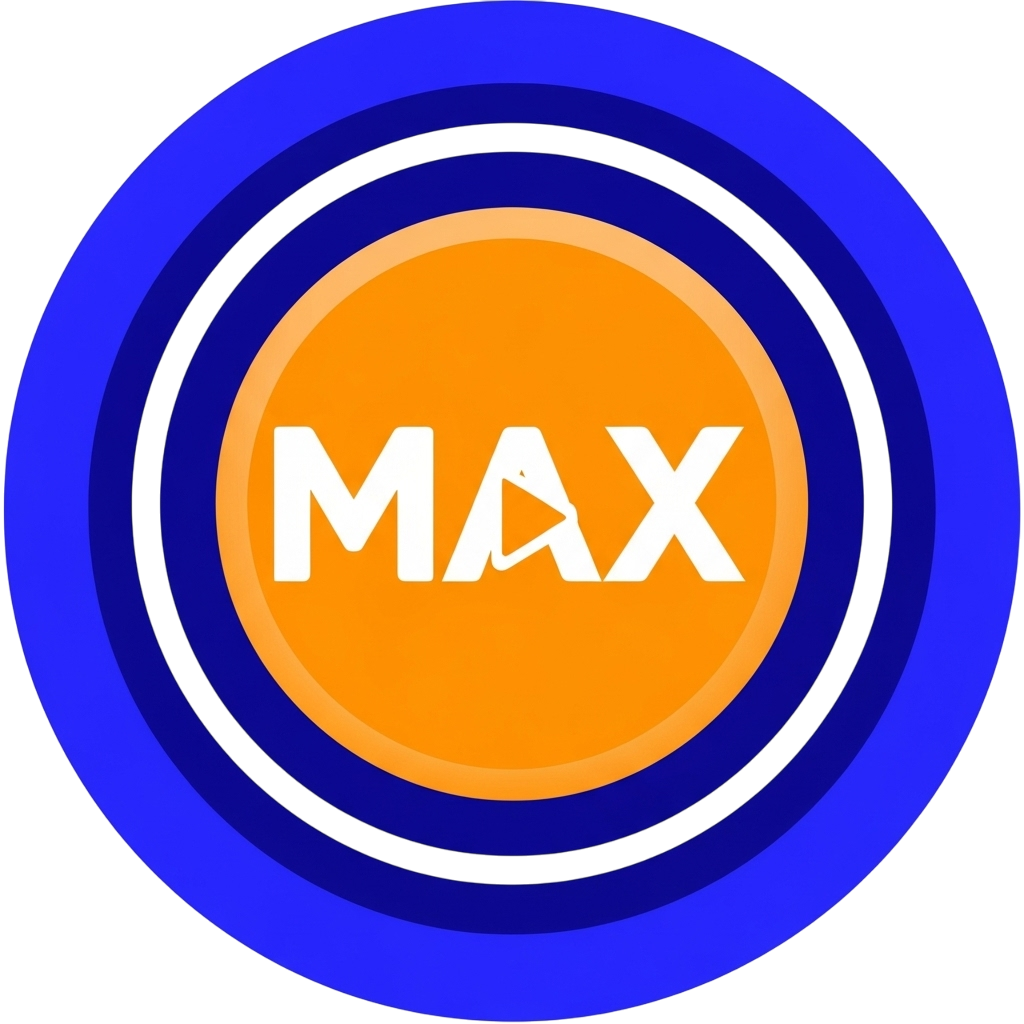You’ve heard it. That crisp, wet-but-dry click that punctuates almost every rapid-fire edit on YouTube and TikTok. It’s the sound of a text box appearing, an image flashing on the screen, or a satisfying “gotcha” moment in a gaming stream.
Welcome to the world of the Pop Up Soundboard.
This isn’t just a random noise; it is a masterclass in “audio texture.” Whether it’s the legendary Michael Rosen or the internet-famous Pop Cat, this sound has become the standard punctuation mark of the digital age. But why does a simple mouth noise dominate the internet? Let’s deconstruct the mix.
Deconstructing the “Click”: Why This Sound Rules the Timeline
So, what exactly is the Pop Up sound? At its core, it is usually a recording of a human mouth making a suction-based click-often called a “tongue pop.”
From an audio engineering perspective, this sound is pure gold. It has an incredibly sharp transient (the initial, high-energy burst of sound). Because it occupies the high-frequency range, it slices right through “muddy” game audio or bass-heavy background music without needing massive EQ adjustments.
It’s tactile. It’s crunchy. It triggers a tiny dopamine hit in the viewer’s brain that says, “Pay attention, something just happened.” It transforms a boring visual edit into something you can almost feel.
Trace the Signal: The Origins of the Pop Up Soundboard
To understand the legend, we have to look at the two main samples that power the Pop Up Soundboard ecosystem on soundboardmax.com.
From Hot Potatoes to High Art
The most famous iteration-that crisp, distinct click often followed by a breathy “Nice”-comes from British children’s poet, Michael Rosen.
In a video uploaded to YouTube around 2008, Rosen performs his poem “Hot Food.” He describes the sensation of eating a hot potato, the cooling process, the swallow, and then executes a technically perfect tongue click followed by the word, “Nice.”
That click? It is the Stradivarius violin of mouth sounds. It is clean, dry (no reverb), and unmistakably human. Editors realized that isolating that single click added an organic flavor to their videos that synthesized “bloop” sounds just couldn’t match.
The Rise of the Pop Cat
Fast forward to late 2020. A Twitter user posts two images of their cat, Oatmeal-one mouth closed, one photoshopped into a perfect “O.” The internet did what the internet does: they animated it.
However, the sound used wasn’t a cat; it was a human making a hollow “pop” noise. This variation of the Pop Up Soundboard is less sharp and more “bubbly.” It became the engine for clicker games and rapid-fire engagement counters because it sounds softer on the ears when looped quickly.
Why the “Pop” Went Viral: The Science of Retention
Why did every editor start using this? It comes down to “Audio Punctuation.”
If you slap a text box on a video without sound, it feels ghostly. It lacks weight. But when you sync it with a sound from a Pop Up Soundboard, you are giving that visual element physical presence.
It creates a rhythm. Visual appears -> Pop. Visual disappears -> Whoosh.
Unlike the tragic, sliding bass frequencies of the Boowomp Soundboard-which is used to signal failure or sadness-the Pop Up sound is neutral and energetic. It keeps the viewer’s brain engaged. It is the heartbeat of modern retention editing.
Final Mix: Add Some Snap to Your Content
The Pop Up sound is more than just a meme; it is a utility. It is the difference between a flat video and one that feels alive and professional. It respects the viewer’s time by using audio cues to guide their eyes.
Whether you are looking for the sharp snap of Michael Rosen or the hollow bop of Oatmeal the Cat, great audio starts with a clean source.
Ready to clean up your mix? Head over to soundboardmax.com to grab the crispest, high-fidelity Pop Up Soundboard files. Don’t let your visuals float in silence-give them the pop they deserve.
